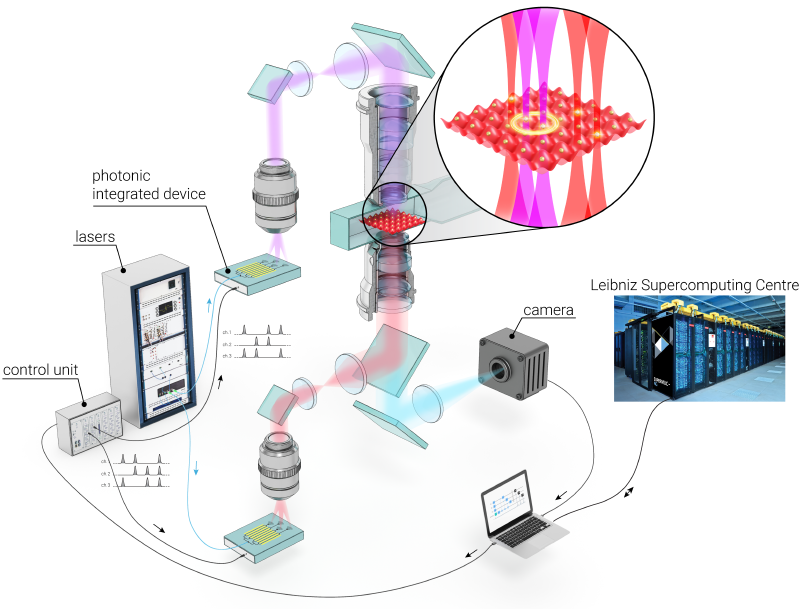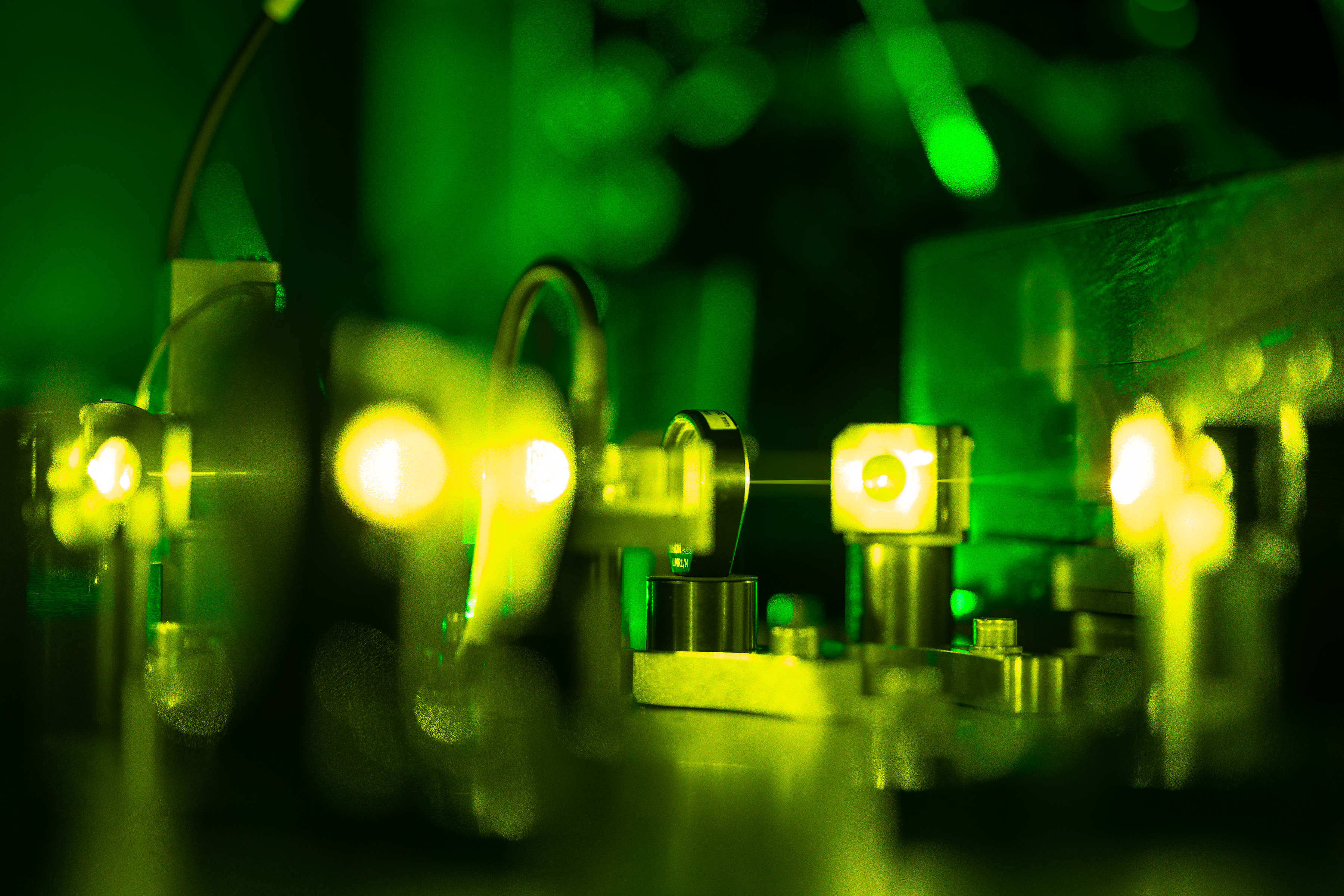
Neutral-atom qubits
Neutral atoms trapped in optical lattices are a promising quantum-computing platform. Its main advantage is the potential of scaling to larger numbers of qubits already in the coming years. In this approach, qubits are encoded in individual addressable atoms cooled and trapped in an optical potential which is generated by crossed laser beams. Quantum gates can be realized by coupling to highly excited Rydberg states, whose strong, long-range interactions allow for entangling two or more atoms in the system. The single qubits can be addressed and coherently manipulated through local laser pulses.
Within the TAQC consortium MQV researchers push this relatively new approach forward with the concrete goal of realizing a first-generation neutral-atom quantum computer with ultracold strontium atoms. Thereby, they also investigate novel qubit architectures available in neutral strontium and ytterbium atoms, alternative analog approaches to quantum computing with trapped atoms as well as general neutral-atom quantum technology – with the long-term goal of making Bavaria a leading hub in this field. Apart from the close exchange with other MQV consortia regarding the “full-stack” approach, the scientists actively participate in other federally- and EU- funded projects in the field of neutral atoms.
Related projects and activities
FermiQP – Fermion Quantum Processor
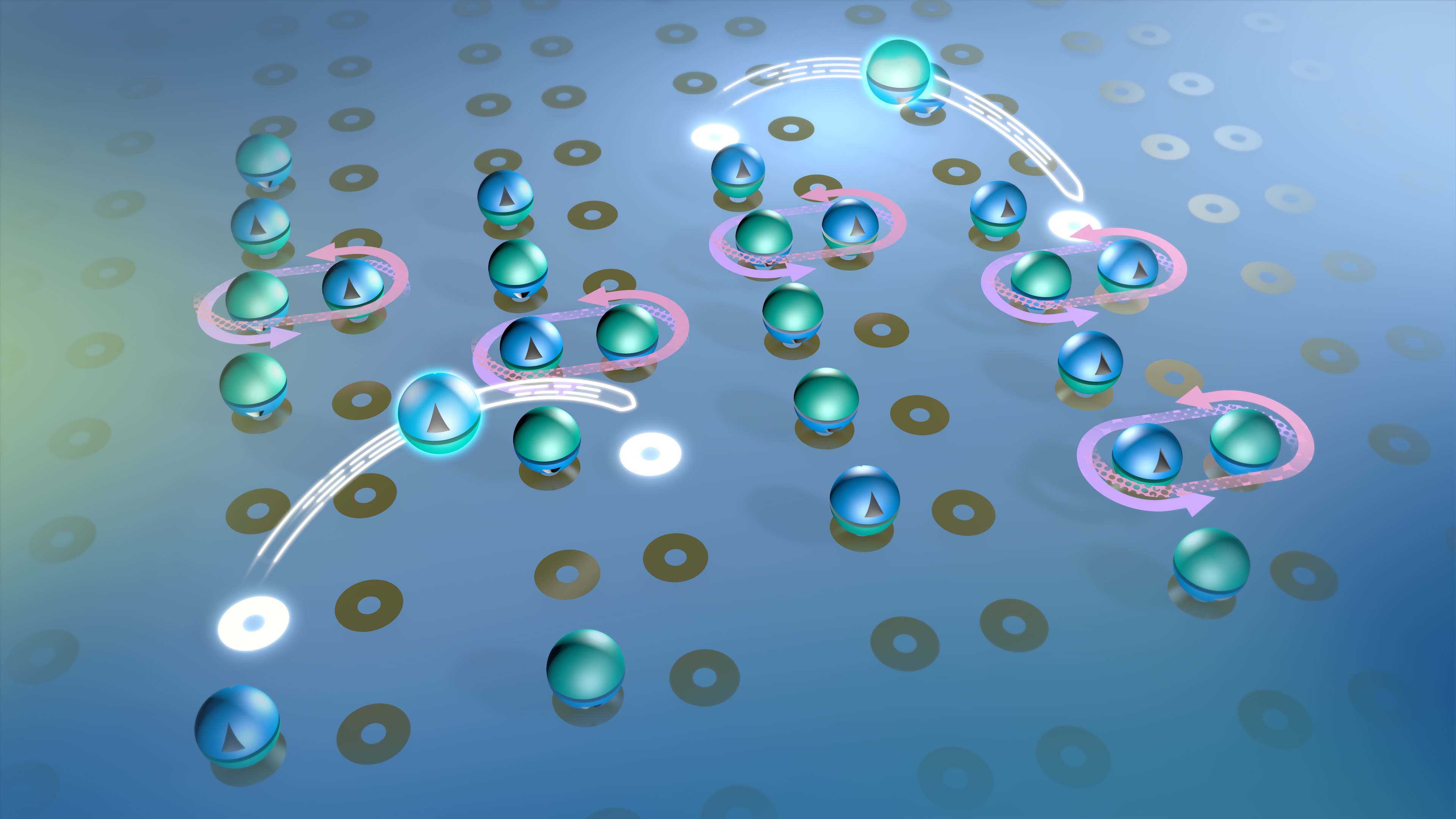
The FermiQP project focuses on the development of a novel quantum-processor architecture and its demonstration in the laboratory. The new architecture is intended to create advantages that no other platform can offer, first and foremost the possibility of using a quantum machine in two fundamentally different operating modes: An analogue mode, in which a quantum advantage is expected in the short term for specific questions in the field of quantum materials, as well as a digital mode, in which the processor is universally programmable. The analogue mode directly utilizes the fermionic nature of the processor to efficiently explore quantum materials. The digital mode offers competitive scalability, full parallelizability of all qubit operations and full connectivity of the processor.
The overall goal of the collaborative project is to develop a powerful demonstrator for analogue quantum simulation and digital quantum computing based on Germany’s long experience in quantum simulation with ultracold atoms and a unique extension to digital quantum computing. This demonstrator will be programmable via online access. Approximately 1000 to 10,000 atoms will be available in analogue mode while the digital mode will offer approximately 200 fully interconnected qubits.
Links
quantentechnologien.de [German]
MUNIQC-Atoms – Munich Quantum Valley Quantum-Computer Demonstrators
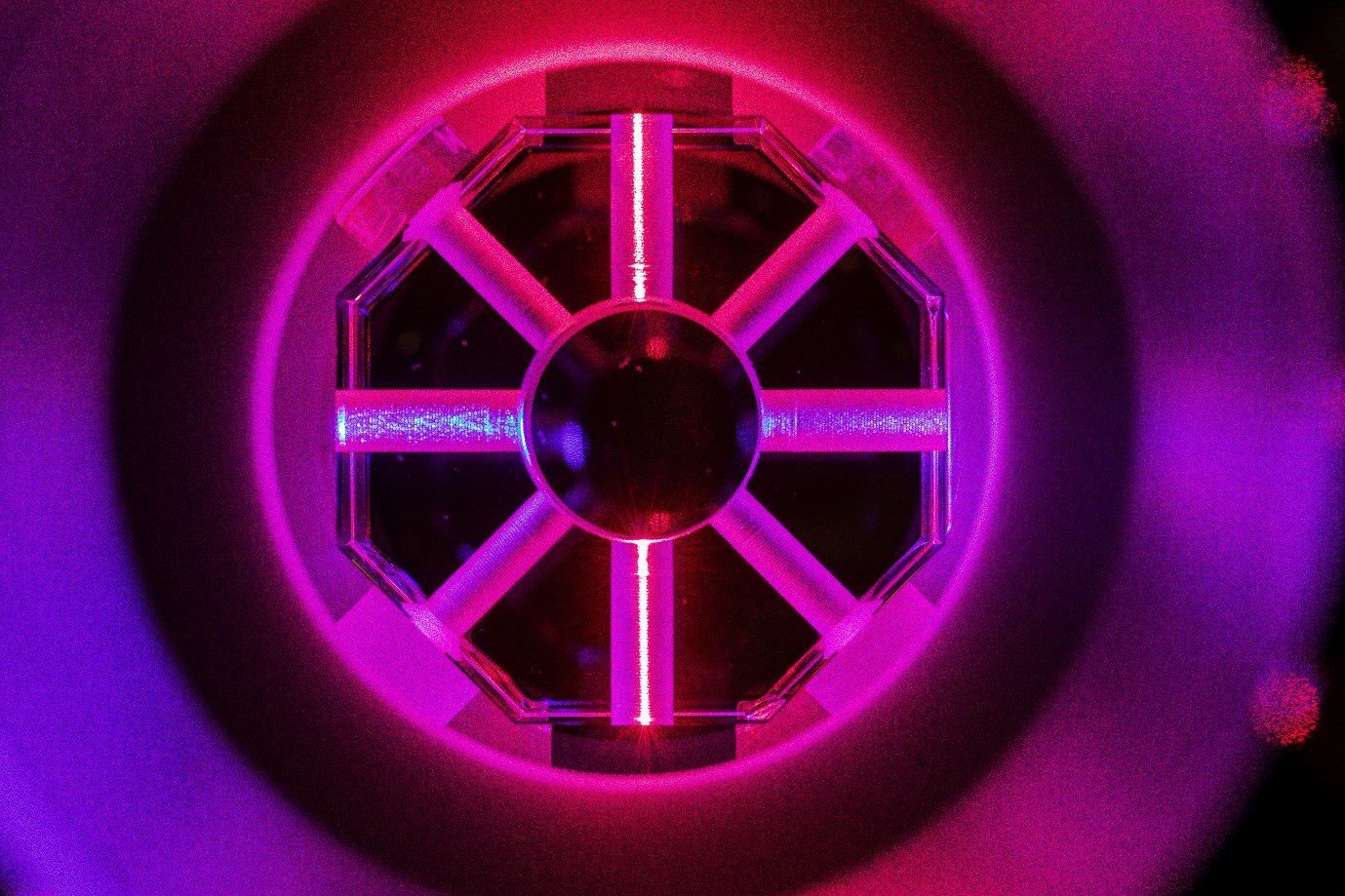
The MUNIQC-Atoms project aims to realize a neutral-atom-based quantum processor with up to 400 qubits encoded in strontium atoms. It targets the full quantum- computing stack from low-level atomic hardware to its integration into high-performance computing environments. While the TAQC consortium conducts research also in alternative approaches to neutral-atom quantum computing, MUNIQC-Atoms pursues the rapid construction of a neutral-atom-based quantum-computing demonstrator with state-of-the-art components.
SNAQC – Scalable Neutral-Atom Quantum Computing
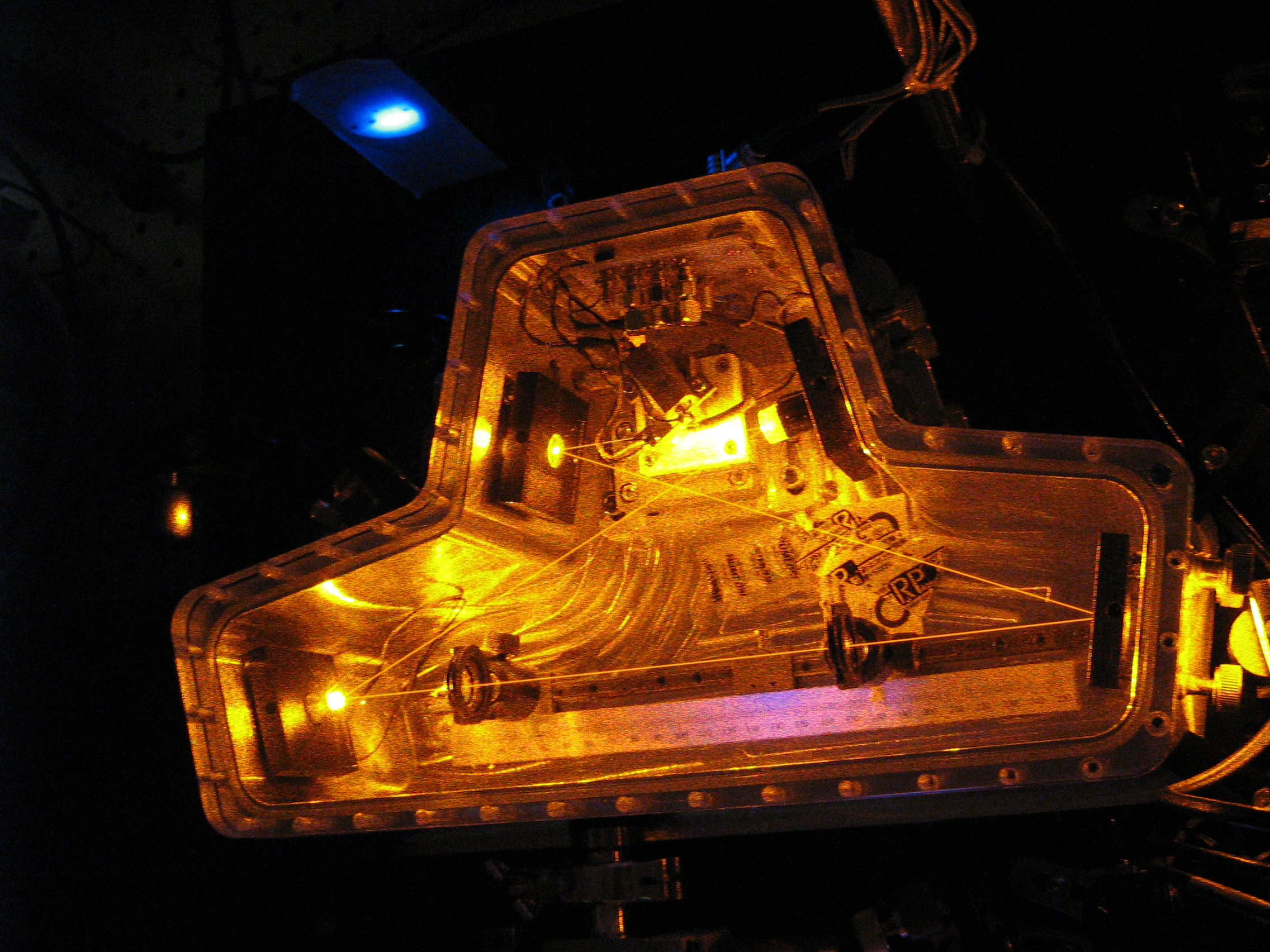
The SNAQC project addresses quantum error correction in a neutral-atom quantum-computing platform. Present main limitations of the platform are readout times of the atomic states, which are relatively slow and usually destructive. This poses a limit to continuous error correction during the runtime of the processor. SNAQC will create a novel experimental platform tailored to overcome the problem of readout in neutral-atom Rydberg arrays. For this, it foresees coupling arrays of atoms trapped in optical tweezers to an optical resonator, aiming at significantly reduced readout times and higher readout efficiencies of atomic states, eventually bringing active feedback underlying quantum error correction within reach. The developments within SNAQC represent an important step towards active error correction in neutral- atom quantum computers and therefore pave the way for further scaling of the platform.
Links
quantentechnologien.de [German]
Trapped Atom Quantum Computer (TAQC)
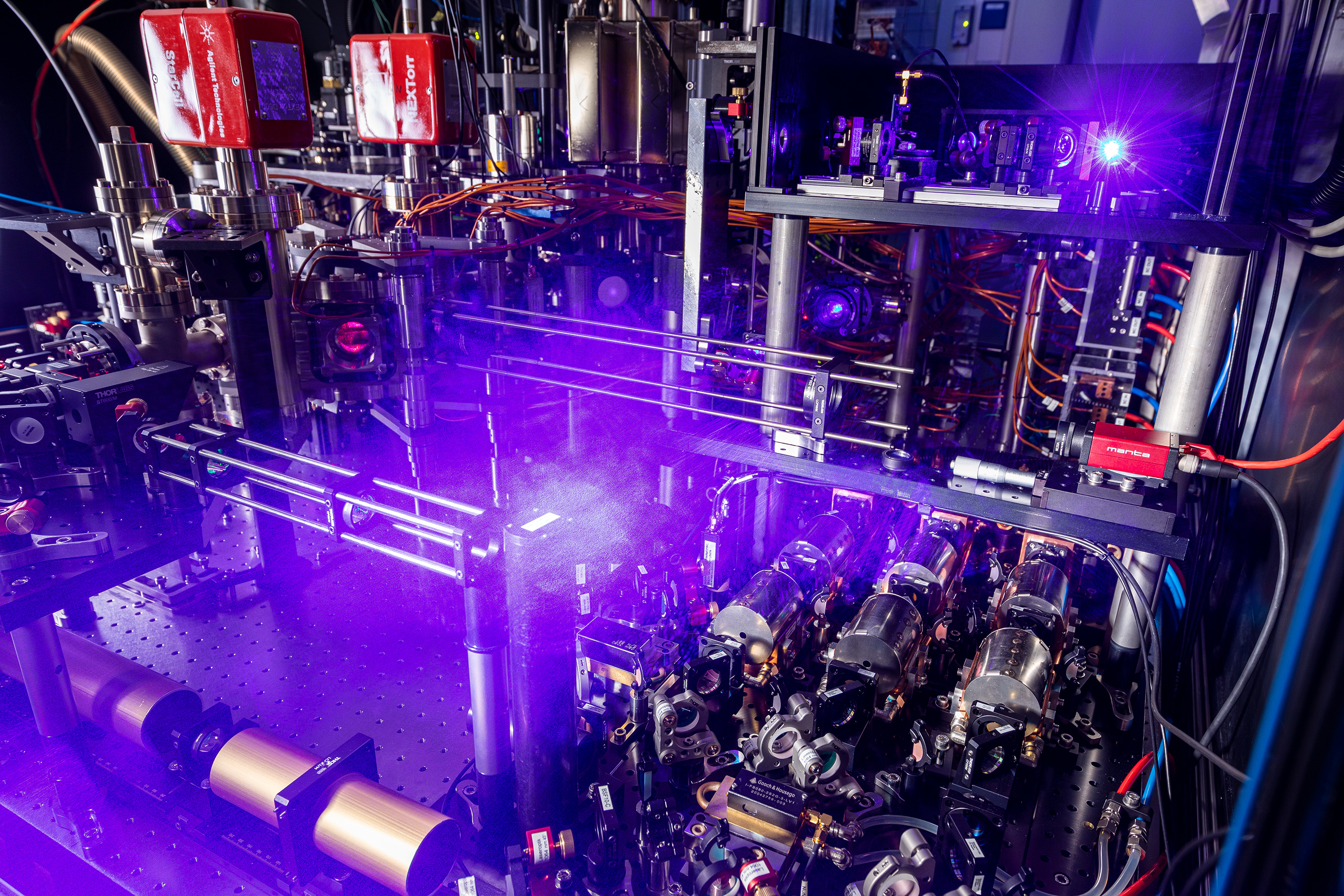
The main focus of the Trapped-Atom Quantum Computing (TAQC) consortium is on the construction of a gate-based quantum computer based on neutral strontium atoms. Compared to other quantum-computing hardware platforms such as superconducting qubits or trapped ions, neutral atoms are a relatively new approach to quantum computing with a lower technology readiness level.
In 2025, activities have been extended through the Advanced TAQC (aTAQC) project to focus on the realization of a quantum computing architecture based on highly scalable, sortable optical lattices to create large-scale qubit registers with significantly more qubits compared to existing TAQC platforms.
Links
UniRand – Random Unitaries in a Rapid Optical Lattice Simulator
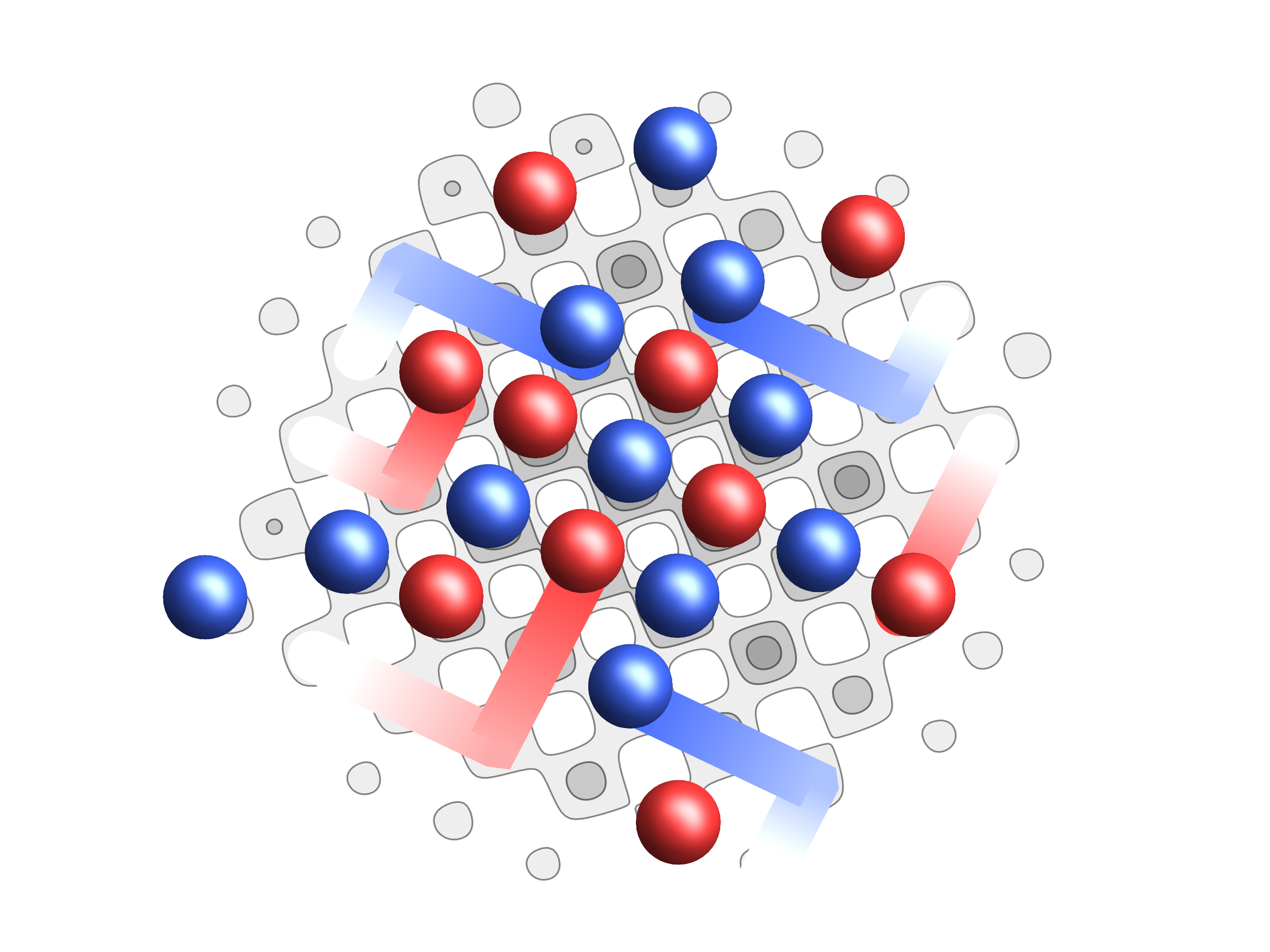
The UniRand project focuses on the development of a new machine to assemble a quantum gas in an optical lattice: The researchers will cool individual atoms to their motional ground states and merge tens or hundreds of such particles together to form a lattice system of mobile fermions. Such a platform promises improved control over the initialized quantum states as well as much higher data rates than traditional machines.
The architecture will open the path towards new measurement schemes. An exciting way forward is given by measurements in random bases, as it turns out that measuring a system in many different, randomly chosen bases and recording correlations between the outcomes can be a very effective way of probing many-body states in a basis-independent manner. An important goal of the project is the implementation of such random unitary protocols in optical lattice systems.
Other topics of interest are Hamiltonian learning and device verification of a quantum simulator.
